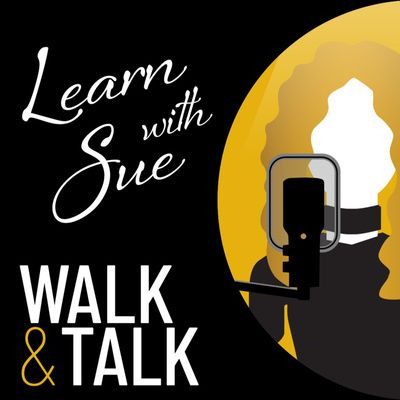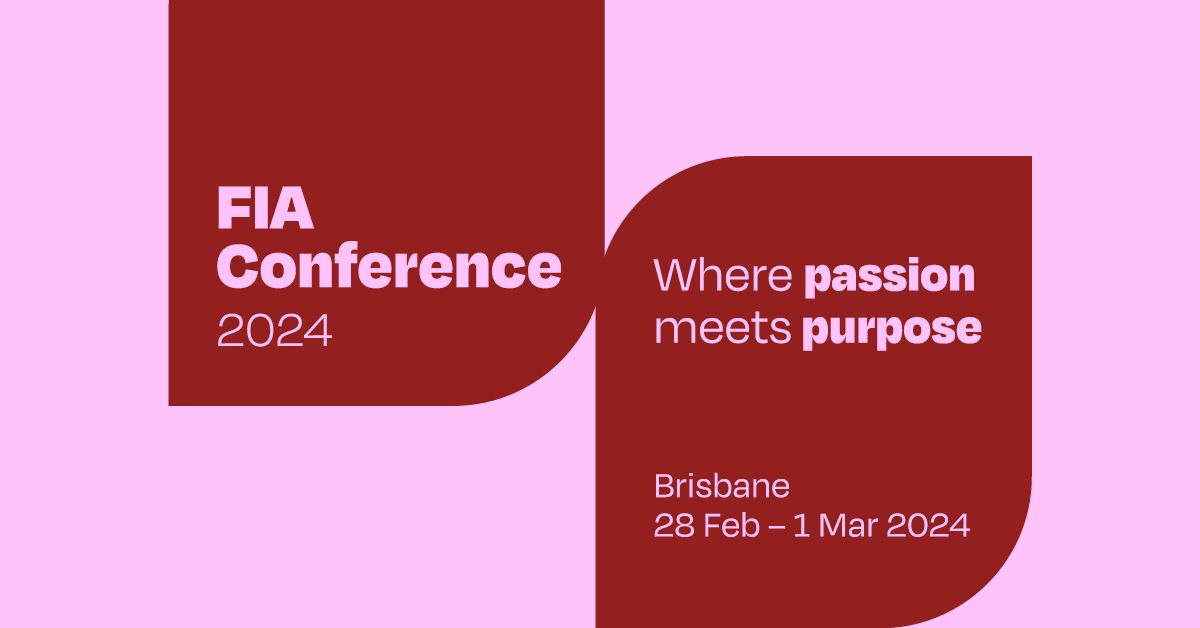The CEO Series: Q&A With Barbara Ryan, CEO At Ronald McDonald House Charities
The CEO Series: Leadership Observations From The Front Line
Interviews with CEO'S from the For-Purpose sector with Liska Turner.
For-Purpose leaders are as diverse as the organisations that they lead. Every couple of months I sit down with a CEO where they share their experiences and thoughts on leading a for-purpose organisation. This month I had the pleasure of talking to Barbara Ryan, CEO at Ronald McDonald House Charities.
Barbara Ryan, CEO at Ronald McDonald House Charities
Barbara holds a degree in Physiotherapy, an Associate Diploma in Project Management and a Masters of Health Administration. She has worked in the health sector as a physiotherapist as well as in hospital administration. Barbara moved into the not for profit sector working for many years at the Royal Flying Doctor Service and then as CEO of a Division of General Practice. She has worked at Ronald McDonald House Charities Australia for over 10 years, initially as the National Program Manager overseeing the growth and development of new programs and most recently as the Chief Executive Officer.
CEO’s lead from the front. What are the most important decisions you make as a leader of your organisation?
Hiring the right people and having the right people around you.
You then need to support and empower them to get on and do their job. They must feel safe and supported to know it is okay to both fail and be successful in their role because you have their back.
It’s also having a vision and knowing how to communicate it. We all know that people don’t necessarily follow ideas, they follow people. It’s not what you say rather how you say it. Delivering your vision in a way that people will connect to the passion of the journey you want to take them on.
Tailoring your communication is key. What is your best habit? I don’t’ know if I would call it a habit but my big thing is making sure when I walk in through the door and when I leave at the end of the day, I say hello and goodbye.
It’s a deliberate choice I have made to engage with my staff on a personal level. I ask them questions about things I know are important to them. I know what it is like to work for a boss who knows nothing about me. Culture is fundamental to organisational success.
How do you help a new employee understand the culture of your organisation?
Firstly, I think you need to define what culture looks like as a leader for your team. For us here at RMHC it’s an honest, informal workplace where we are able to have a bit of fun and know that we can rely on each other and have each other’s backs. We value and respect the team and our staff.
It starts before the first day. With Paula, our newest employee, we sent her flowers once she signed her contract. I followed that up with a personal call to check in that she had everything that she needed the week before she started. The team made sure the office was clean and tidy and we hosted a morning tea for her on her first day. All this before her official onboarding started.
This shows not only the new employee but your existing employees that staff matter at an individual level. This is a really important part of our culture.
No business operates in isolation. When you’re considering partnering with another person or business, what factors are deal-breakers for you?
The deal-breaker question is “Does it advance our mission?”.
Then there is the alignment of values. Without this alignment then you may as well not get into bed together.
Values trump mission. You can have two very different missions but shared core values that then set the foundation for a successful partnership.
Trust and transparency. By that I mean you need to have clarity on the business intent of the prospective partner. There have been instances when there have been potential partners who saw us as a stepping stone to a partnership with McDonald’s Australia.
Also, because McDonald’s forms part of our name there is a higher level of scrutiny. We need to make sure that any prospective partner does not reflect poorly on the Golden Arches.
We then continue to work with and show the same respect for, our corporate partners by living our values to both our families, staff and external stakeholders.
Succession planning is key to building a sustainable organisation. How do you choose who to promote?
In a way, the performance management structures we have in place provide the evidence for what you see in the workplace. Namely, how they work together with other people. How they think and approach challenges. Thinking beyond their role and considering the impact on the team and the whole organisation. This ability to be nuanced is especially important in knowing how to work successfully in a federated organisation.
I use the saying “think like your boss and act like yourself”. For me, that means come to me clearly identifying the issue and some potential solutions for us to discuss.
Where do you draw your support and inspiration from as a leader?
The people around me.
I am a lifelong learner and there is always something I can learn from the people around me.
Earlier in my career, there was a CEO who made a real impact on how I approach leadership. She was highly intelligent and very inspiring but at the same time very approachable, down to earth and humble.
The role of CEO is quite unique. What advice would you give someone going into a CEO leadership position for the first time?
Surround yourself with the right people and then value those people.
Be really clear about what you want to achieve.
Stay true to yourself. I’ve seen leaders move into CEO roles and then lose themselves a bit.
Being values and mission-aligned can make a real difference to generally enjoying your job.
Finally, look after yourself and be kind to yourself. I know that I struggle with this but what really helps is just the awareness that this is important. I’ve taken up knitting again to add a bit of creative balance.
Seriously though, I make being present to the other people in my life i.e. the non-work people, a priority. This shows up in different ways. My teenage daughter and I spend a couple of weekends a year in Melbourne just the two of us. And when my husband hands me a glass of wine on Friday night and tells me to close my laptop, I do.
What leadership decision are you most proud of?
That’s easy. Starting Mission 2020.
For the very first time, our federated charity had one common strategic plan.
We went from 13 different entities with 13 different strategic plans to one strategic plan for the whole RMHC organisation. One plan with 6 strategic objectives underpinned by some local objectives, if needed, for individual chapters.
We now have one cohesive organisation with a single, clear direction about where we want to go. It did not happen overnight but 3 years later it is embedded into the business and everyone talks Mission 2020. We have one strategic plan with a common language, system of working and culture.
It has really shifted the way we work as an organisation and how we work together.
Connect with Barbara on LinkedIn.
#keepingfamiliesclose
#RMHC
Liska Turner is an executive recruiter that specialises in the For-Purpose Sector. She works with Boards and CEO’s to build sustainable organisations through connecting people and ideas. She can be contacted at liska@beaumontpeople.com.au or 02 9279 2777.
Share This blog
Recent Articles











